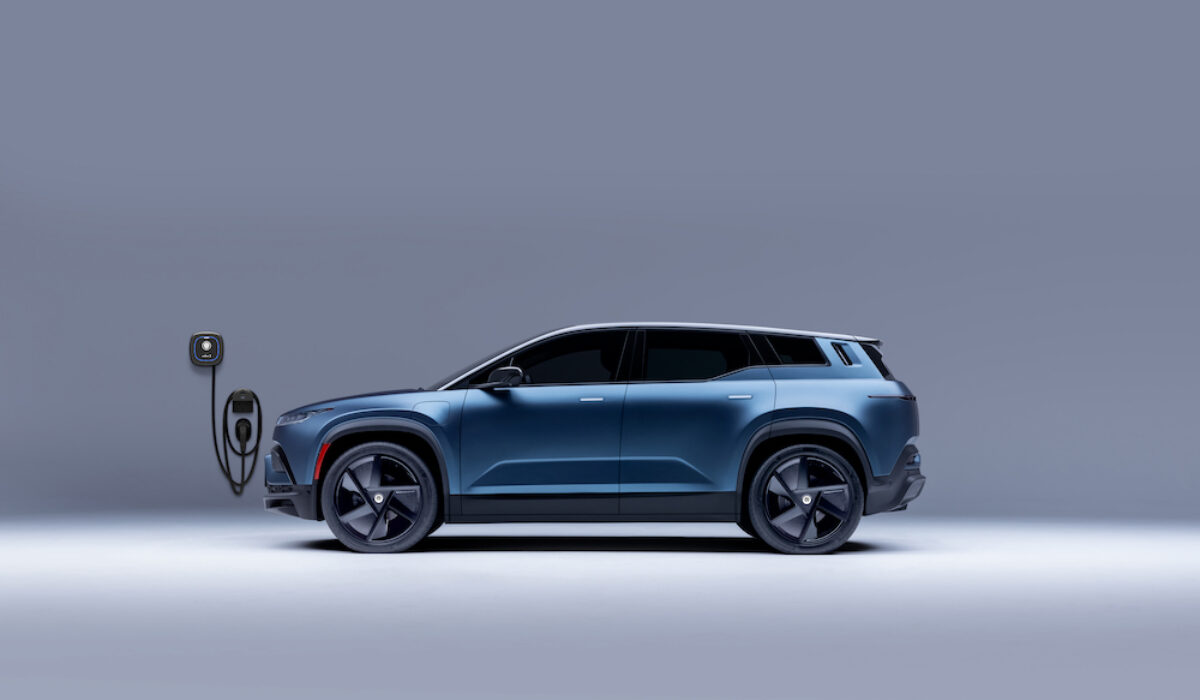Lessons from Fisker’s Electric Odyssey: The Rise and Fall of a Silicon Valley Dream
Chuck Heinle, a Maryland small-business owner, epitomized the hopeful optimism that surrounded Fisker, the electric vehicle startup, when he eagerly signed a lease agreement for one of his warehouses. Believing in the company’s potential, he also invested in its stock, envisioning it as the next Tesla. Yet, Heinle’s enthusiasm swiftly turned to disappointment as Fisker’s grand ambitions unravelled, leaving him with an empty warehouse and devalued shares.
Fisker’s trajectory, from a promising disruptor in the electric vehicle market to a cautionary tale of overreach and mismanagement, reflects broader trends in the automotive startup landscape. The company’s collapse, marked by financial turmoil and operational setbacks, underscores the challenges inherent in challenging the established order of the automotive industry, especially in an era dominated by the allure of electric vehicles.
Founded by Henrik Fisker, a renowned automotive designer with a pedigree that included stints at BMW and Aston Martin, Fisker embarked on its journey with ambitious plans to revolutionize the car market. Backed by his vision of a “digital car company,” Henrik Fisker and his wife, Geeta Gupta-Fisker, sought to marry cutting-edge technology with innovative design, positioning themselves as the vanguard of the electric vehicle revolution.
“Fisker’s decline was further exacerbated by its ill-fated decision to go public via a SPAC merger, a move that initially fuelled investor enthusiasm but ultimately proved to be a harbinger of its demise.”
However, Fisker’s ascent was marred by a series of missteps and miscalculations that ultimately led to its downfall. Despite early enthusiasm for its Ocean SUV, the company struggled to deliver on its promises, beset by a litany of operational challenges and product deficiencies. Glitchy software, disorganized sales operations, and a dearth of experienced personnel underscored the company’s fundamental flaws, undermining its ability to compete in an increasingly crowded market.
Moreover, Fisker’s reliance on external contractors and an asset-light manufacturing model proved to be a double-edged sword, exposing the company to supply chain disruptions and production delays. While Henrik Fisker envisioned a lean and agile operation, the reality proved to be far more fraught, with the company grappling with the complexities of automotive manufacturing without the requisite infrastructure and expertise.
The company’s foray into direct-to-consumer sales, intended to bypass traditional dealership networks, further compounded its woes, as logistical challenges and customer dissatisfaction eroded confidence in its business model. Despite Henrik Fisker’s assurances of a seamless transition to a new era of car sales, the reality painted a starkly different picture, with missed deadlines and frustrated customers becoming the norm rather than the exception.

Fisker’s decline was further exacerbated by its ill-fated decision to go public via a SPAC merger, a move that initially fuelled investor enthusiasm but ultimately proved to be a harbinger of its demise. Buoyed by inflated market valuations and lofty revenue projections, Fisker found itself mired in a cycle of overpromising and underdelivering, as its share price plummeted and its financial woes mounted.
As Fisker’s financial situation deteriorated, so too did its prospects for survival. With mounting debts and dwindling cash reserves, the company faced a grim reality, culminating in its delisting from the New York Stock Exchange and subsequent default on its debt obligations. Despite last-ditch efforts to slash prices and shore up sales, Fisker’s fate was sealed, leaving employees displaced and investors disillusioned.
The demise of Fisker serves as a cautionary tale for the broader automotive start-up ecosystem, highlighting the perils of unchecked ambition and the pitfalls of chasing the next big thing. While the allure of electric vehicles may continue to captivate investors and consumers alike, the road to success is fraught with obstacles, as evidenced by Fisker’s tumultuous journey.
Yet, amidst the wreckage of Fisker’s dreams, there are valuable lessons to be learned. The company’s collapse underscores the importance of sound business fundamentals and prudent risk management, reminding aspiring entrepreneurs of the dangers of hubris and overreach. In the fast-paced world of technology and innovation, success is never guaranteed, and even the most promising ventures can falter in the face of adversity.
As the dust settles on Fisker’s electric odyssey, the automotive industry must reckon with the legacy of its rise and fall. While the dream of a greener, more sustainable future remains tantalizingly within reach, it will require more than just grand visions and bold pronouncements to turn it into reality. Only time will tell whether Fisker’s demise is a cautionary footnote or a harbinger of broader challenges yet to come.

